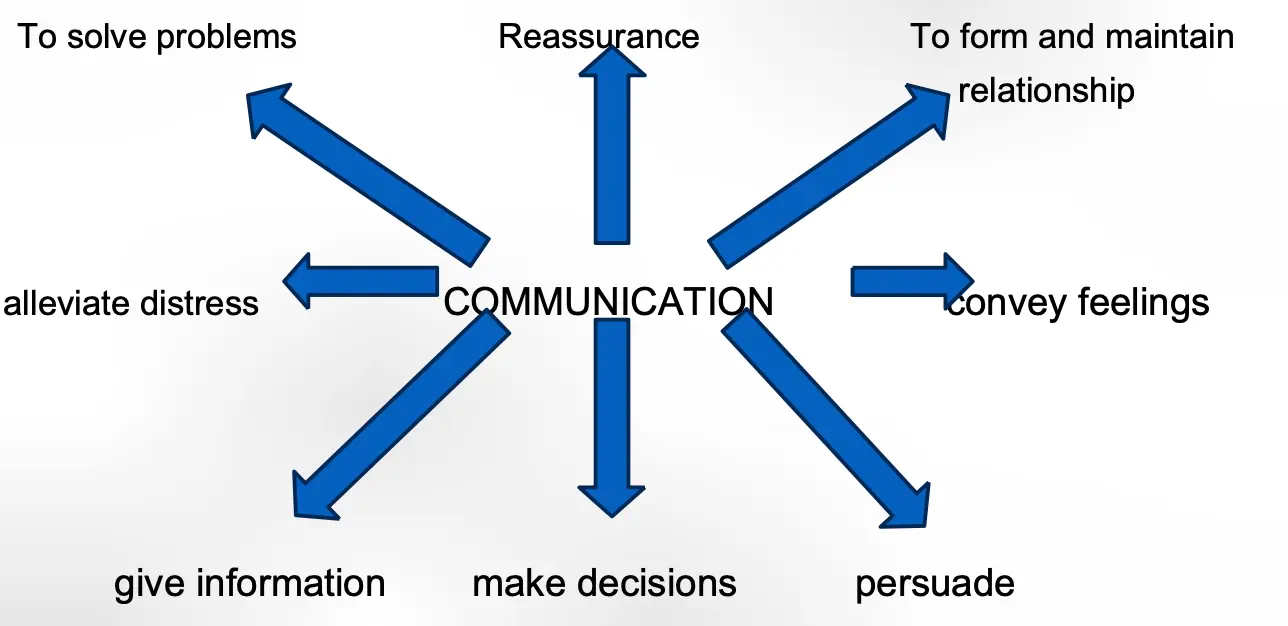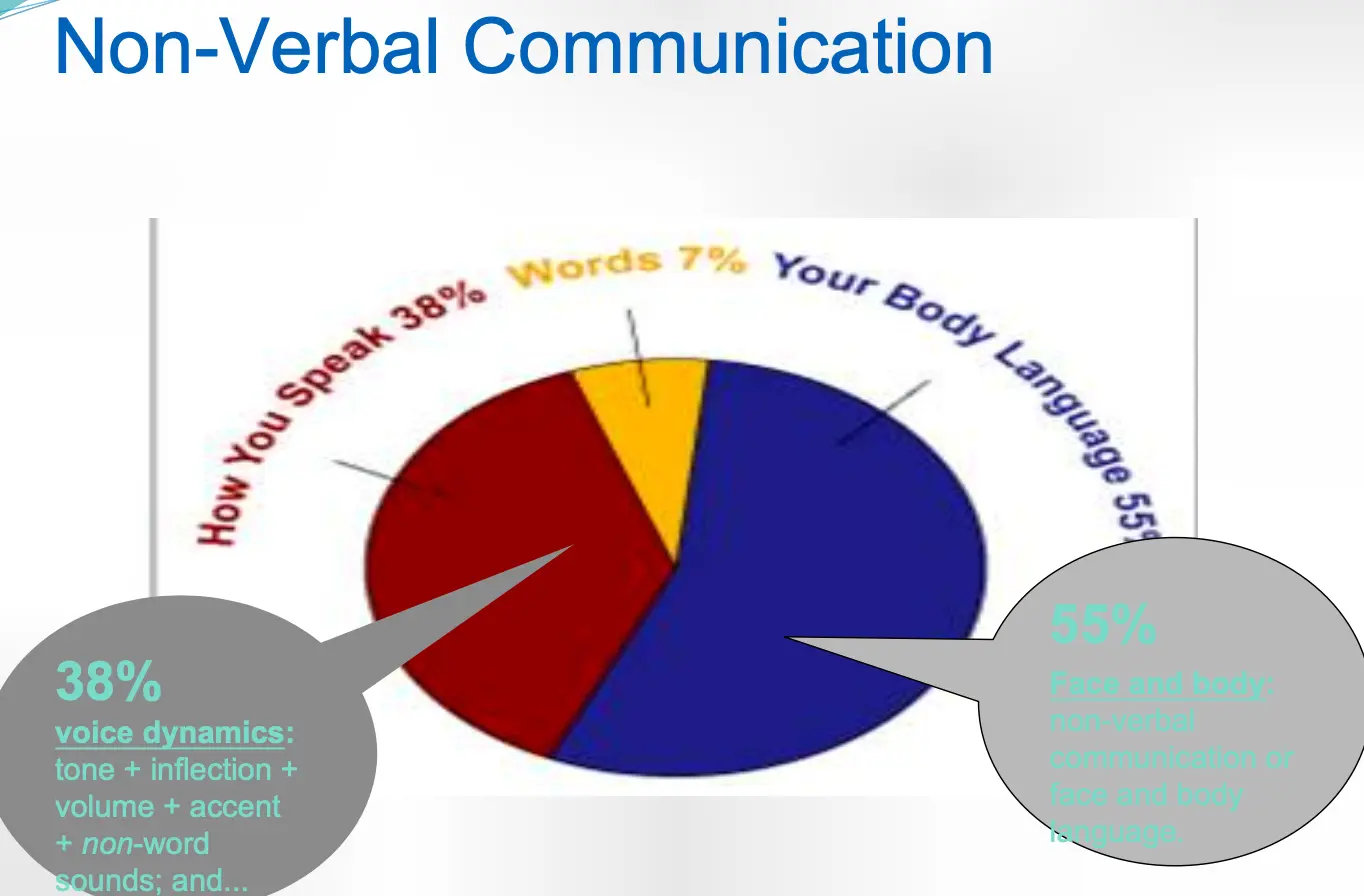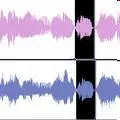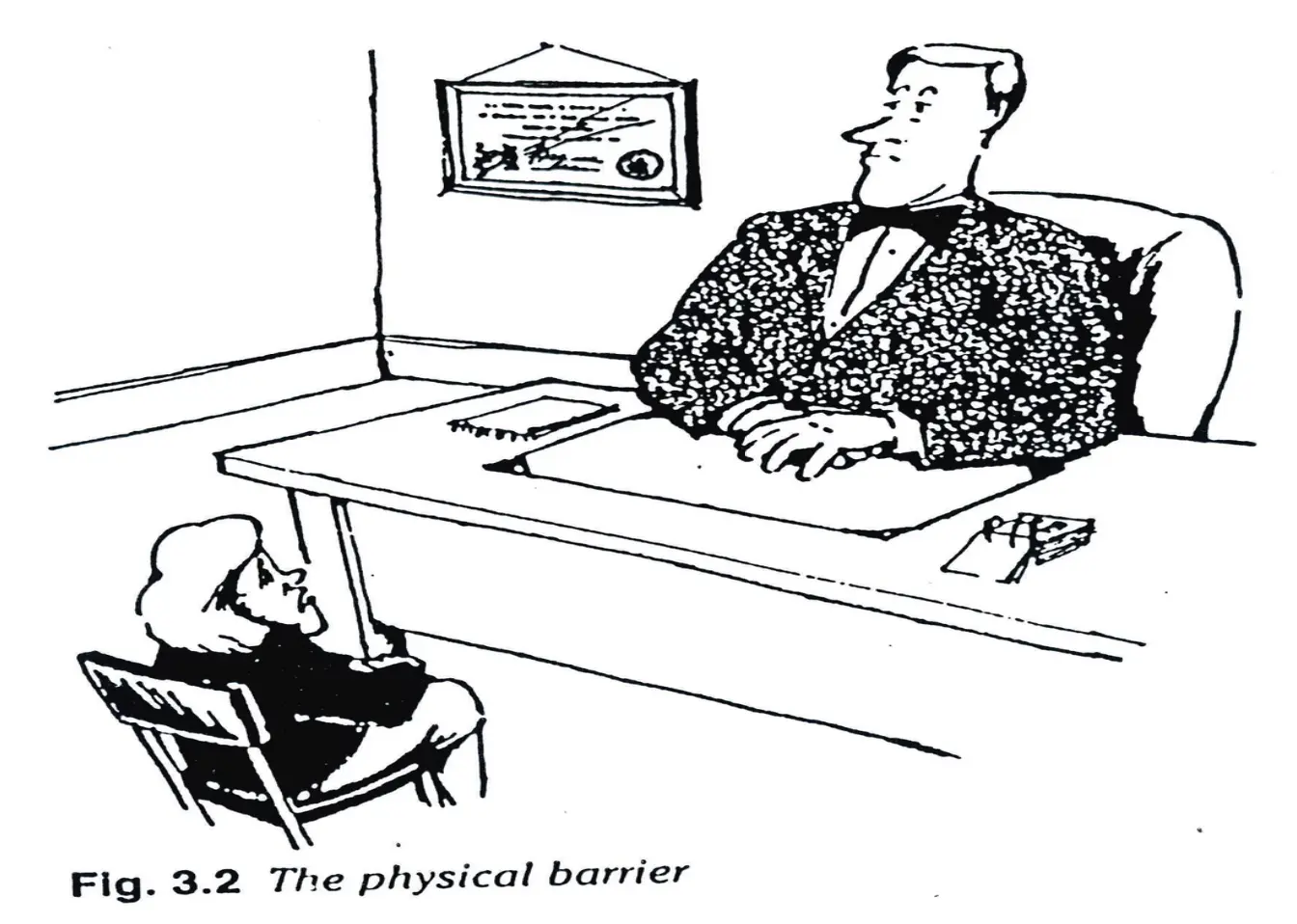What is Communication?
Communication
- Communication has been derived from the Latin word “communis”, meaning to share.
- Two-way process of reaching mutual understanding, in which participants not only exchange (encode-decode) information but also create and share meaning.
- “sending, giving, or exchanging information and ideas.”
- Communication requires a sender, a message, and an intended recipient.
Most common ways to communicate
- Speaking
- Writing
- Visual Images
- Body Language

Benefits
- identify patients’ problems more accurately:
- Improve Pts understanding & Information retention
- Increase adherence to treatment
- Patients adjust better psychologically
- Pts more satisfied with their care
- Doctors with good communication skills have greater job satisfaction and less work stress,
- Delivery of high-quality health care.
(Roter 1987, Betakis 1991, Stewart 1995)
Communication skills - why bother?
- Why learn communication skills?
- Can you learn communication skills?
- What is there to learn?
- How is it taught?
- Where next?
Why learn communication skills?
- reasons for the patient’s attendance
- gathering information
- explanation and planning
- adherence to plans
- medico-legal
- Enables us to become better doctors clinically
- Improves patient care and disease outcomes
Can communication skills be taught?
- communication is a clinical skill
- it is a series of learnt skills
- experience is a poor teacher
- there is conclusive evidence that communication skills can be taught
- and that communication skills teaching is retained
How to teach communication skills?
- Observation
- Video or audio playback
- Well-intentioned feedback
- Rehearsal
- Active small group or 1:1 learning
Effective communication
- is essential to the practice of
- high quality medicine
Effect on Health Outcomes
- The reduction of anxiety.
- The reduction of psychological distress.
- Pain relief.
- Symptom resolution.
- Mood improvement.
- Reduction of high blood pressure.
(Stewart 1995).
Main Remarks
“The main remarks made by patients in the PHC centers in Riyadh was that:
- “physicians were not listening enough to their complaints.” ( Saeed 2001 )
Setting:
- Privacy,
- Avoid interruptions,
- Comfortable lighting & temperature,
- Arrangement of seats,
- Distance,
- Level.
ACTIVE LISTENING
Use Non-verbal Communication:
- Smile,
- Gestures,
- Eye contact,
- Your posture.
Techniques to improve listening skills
- PARAPHRASE
- Restate what was said in your own words
- SUMMARIZE
- Pull together the main points of a speaker
- QUESTION
- Challenge speaker to think further, clarifying both your and their understanding
Non-Verbal Communication
- How You Speak 38%
- 38%
- voice dynamics:
- tone
- inflection
- volume
- accent
- non-word sounds; and…
- Words 7%
- Your Body Language 55%
- 55%
- Face and body:
- non-verbal communication or face and body language.

RECOGNIZING NON VERBAL COMMUNICATION
- FACIAL EXPRESSION
- GESTURES & POSTURES
- VOCAL CHARACTRISTICS



RECOGNIZING NON VERBAL COMMUNICATION
- PERSONAL APPREARENCE
- TOUCH
- TIME & SPACE



Example of body language
- Folded arms and leg crossed away from you:
- Rejection
- Tapping fingers:
- Impatience
- Avoiding eye contact:
- Untrustworthy
Example of body language
- Sitting with legs crossed, foot kicking slightly:
- Boredom
- Biting nails:
- Anxiety
- Shoulder hunched, hands in pockets
- Depression/Dejection
PITFALLS
in
Communication with Pts
:(

Fig. 3.2 The physical barrier
Blocking behavior
- Interrupting;
- Offering advice and reassurance before the main problems have been identified;
- Lack of concern;
- Attending to physical aspects only;
- Switching the topic.